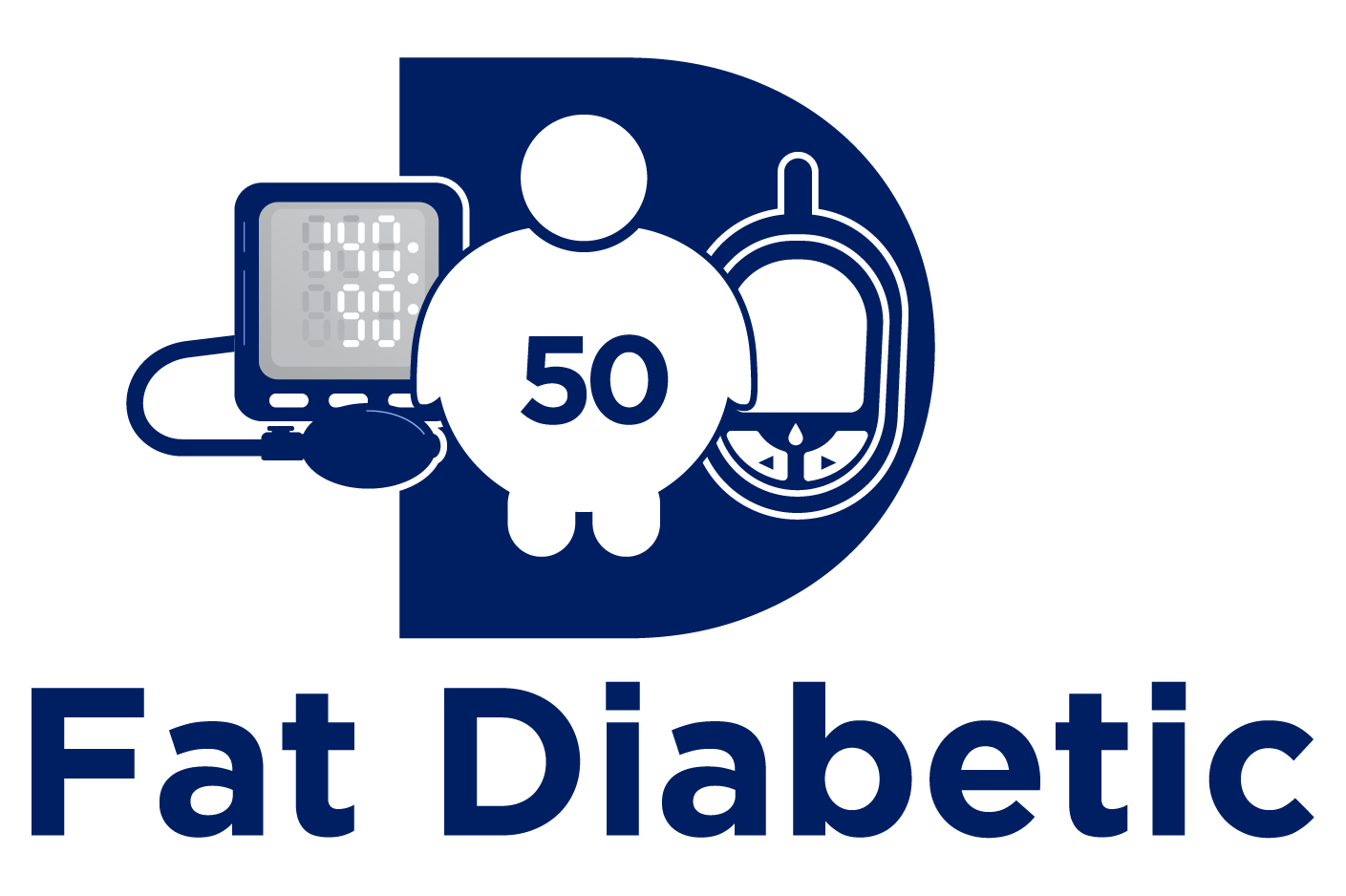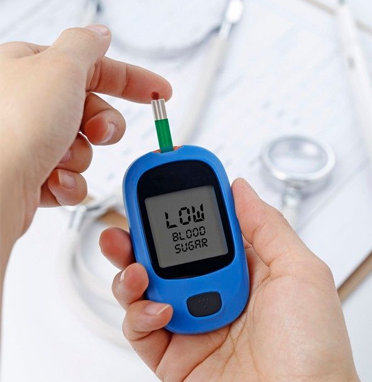Triglycerides are a type of fat found in your blood. They are the most common form of fat in the body and serve as a primary source of energy. Chemically, triglycerides are composed of three fatty acids attached to a glycerol backbone. When you eat, your body converts any excess calories from food (especially from fats, carbohydrates and alcohol) into triglycerides which are then stored in fat cells for later use as energy.
Triglycerides are part of a routine blood test called a lipid profile. Triglycerides are generally not the topic of discussion during your follow up office visit or the follow up phone call to inform you of your laboratory results.
Elevated triglycerides are an independent risk factor for the development of cardiovascular disease, particularly heart attacks and strokes. LDL-cholesterol draws most of the attention but LDL-cholesterol particulates are not the entire story.
Interpretation of triglyceride levels: any triglyceride level greater than 150 mg/dl is dangerous
Triglyceride levels that are less than 150 mg/dl are considered normal
Triglyceride levels between 151-199 mg/dl are borderline but are dangerous!
Triglyceride levels between 200-499 mg/dl are high and very dangerous!!
Triglyceride levels 500 mg/dl or higher are very high and extremely dangerous!!! It is important to note that triglyceride levels can reach levels greater than one thousands in some individuals that have a genetic defect.
Triglycerides that are borderline or higher make the blood thicker and affect delicate mechanisms associated with a process called fibrinolysis or the dissolution of blood clots. High triglycerides can be associated with abnormal blood clot formation anywhere in the body.
Triglycerides levels that are abnormal also contribute to the formation of soft, unstable and vulnerable plaque in the arteries. Plaque formation under these conditions can easily rupture and cause heart attacks and strokes.
Certain populations that are more likely to have high triglycerides, are patients that are overweight or obese, patients with hypertension, frequent consumers of alcohol, pre-diabetics and those with type 2 diabetes, patients with hypothyroidism, the metabolic syndrome and chronic kidney disease. High triglycerides cause both men and women to be at risk for heart attacks, but women have a higher risk of ischemic strokes.
Elevated triglycerides together with low HDL cholesterol levels are associated with another cardiovascular risk factor that is known as the metabolic syndrome. The metabolic syndrome affects multiple organs in the body and is a forerunner of many disease processes especially premature cardiovascular events and even some cancers.
Very high triglycerides are generally associated with inherited genetic-abnormalities associated with enzyme deficiencies necessary to break down triglycerides. Patients with very high triglycerides must seek consultation with a lipid specialist for diagnosis and appropriate treatment.
Lifestyle treatment for high triglycerides
Daily exercise, smoking cessation, a low carbohydrate diet, increase consumption of a diet containing omega-3-rich foods such as salmon, mackerel, certain nuts, and the reduced consumption of alcohol. Please avoid nuts and other foods if food allergies exist.
Medications: Here are some common medications that are used to treat high triglycerides :
Omega-3-fatty acid supplements, statin drugs, niacin, ezetimibe and other medications may be necessary to control high triglycerides. In some instances, more than one medication may be necessary to control triglycerides. Diet and exercise are an important components of the treatment paradigm.
For additional information about the treatment of high triglycerides go to websites like the National Lipid Association, the Food American Heart Association or the American Diabetes Association. Always avoid websites that seem informative but are promotional. Avoid non-FDA approved treatments and or various vitamins, minerals, and herbs that are not scientifically proven.

